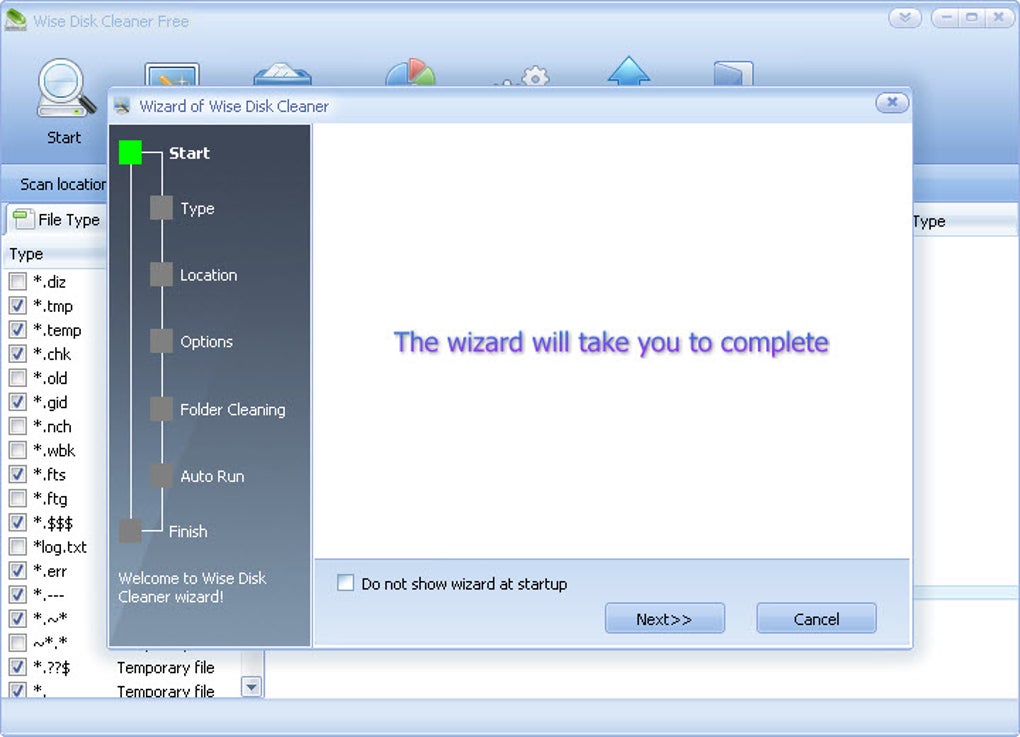

It is, however, supported for compatibility reasons by nearly all currently developed operating systems for personal computers and many home computers, mobile devices and embedded systems, and thus is a well suited file system for data exchange between computers and devices of almost any type and age from 1981 through the present. It offers good performance even in very light-weight implementations, but cannot deliver the same performance, reliability and scalability as some modern file systems. The FAT file system is a legacy file system which is simple and robust.

Read-only, Hidden, System, Volume, Directory, ArchiveįAT12/FAT16: File, directory and volume access rights for Read, Write, Execute, Delete only with DR-DOS, PalmDOS, Novell DOS, OpenDOS, FlexOS, 4680 OS, 4690 OS, Concurrent DOS, Multiuser DOS, System Manager, REAL/32 (Execute right only with FlexOS, 4680 OS, 4690 OS individual file / directory passwords not with FlexOS, 4680 OS, 4690 OS World/ Group/ Owner permission classes only with multiuser security loaded)įAT32: Partial, only with DR-DOS, REAL/ OSįAT12/FAT16: Per-volume, SuperStor, Stacker, DoubleSpace, DriveSpace Modified date/time, creation date/time (DOS 7.0 and higher only), access date (only available with ACCDATE enabled), deletion date/time (only with DELWATCH 2) Microsoft, SCP, IBM, Compaq, Digital Research, Novell, CalderaįAT32 (32-bit version with 28 bits used),įAT16B: November 1987 ( Compaq MS-DOS 3.31)ĮxFAT: November 2006 ( Windows Embedded CE 6.0)Ĥ,294,967,295 bytes (4 GB - 1) with FAT16B and FAT32 Ĩ.3 filename, or 255 UCS-2 characters when using LFN Quick facts: Developer(s), Full name, Introduced, Partitio.


 0 kommentar(er)
0 kommentar(er)
